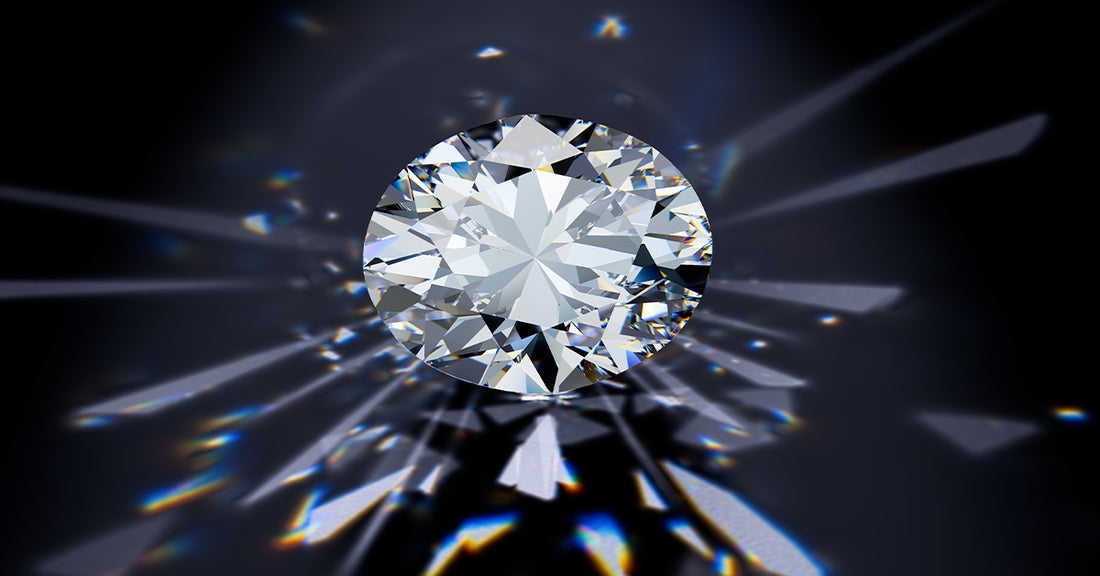Revered for its brilliance, fire, and ethical origins, moissanite has captured the hearts of jewelry enthusiasts as an affordable and ethereal alternative to diamonds.
What is Moissanite?
Moissanite is a naturally occurring mineral, specifically silicon carbide (SiC), that was first discovered in 1893 by French chemist Henri Moissan in a meteor crater in Arizona. The gemstone's name pays homage to its discoverer. Although moissanite can be found in nature, it is exceedingly rare, and nearly all moissanite used in jewelry today is lab-grown.
Characteristics of Moissanite
1. Brilliance: Moissanite's brilliance rivals that of diamonds. It has a higher refractive index, which means it reflects light more effectively, resulting in an exceptional sparkle and luster.
2. Fire: The gemstone's fire refers to its ability to disperse light into spectral colors, similar to a rainbow effect. Moissanite's high dispersion makes it a mesmerizing sight to behold, as it creates flashes of vivid colors.
3. Hardness: On the Mohs scale of mineral hardness, moissanite scores a 9.25, second only to diamonds. This makes moissanite highly durable and suitable for everyday wear, making it an excellent choice for engagement rings and other frequently worn jewelry.
4. Ethical Origins: Lab-grown moissanite is an environmentally and socially responsible option. Unlike some gemstones, moissanite is not associated with any ethical concerns, such as conflict mining.
5. Affordability: One of the most appealing aspects of moissanite is its affordability compared to diamonds. While it offers similar brilliance and beauty, moissanite generally comes at a fraction of the cost, making it an attractive choice for budget-conscious buyers.
Distinguishing Moissanite from Diamonds
While moissanite bears a striking resemblance to diamonds, a few key differences can help distinguish between the two:
1. Color: Moissanite tends to display more of a yellow or green hue compared to the colorless or near-colorless appearance of diamonds.
2. Brilliance and Fire: As mentioned earlier, moissanite exhibits a higher brilliance and fire, creating a more colorful and vibrant display of light compared to diamonds.
3. Hardness: Diamonds are the hardest natural substance, scoring a perfect 10 on the Mohs scale, while moissanite follows closely at 9.25.
Conclusion
Moissanite's celestial origins, coupled with its brilliance, fire, durability, and ethical attributes, have made it a popular choice among jewelry enthusiasts. Whether you're looking for an engagement ring that rivals the brilliance of stars or a dazzling necklace to light up your special occasions, moissanite offers a stunning alternative to traditional gemstones. Embrace the beauty and allure of this remarkable gem, and let moissanite illuminate your jewelry collection with its cosmic charm.

